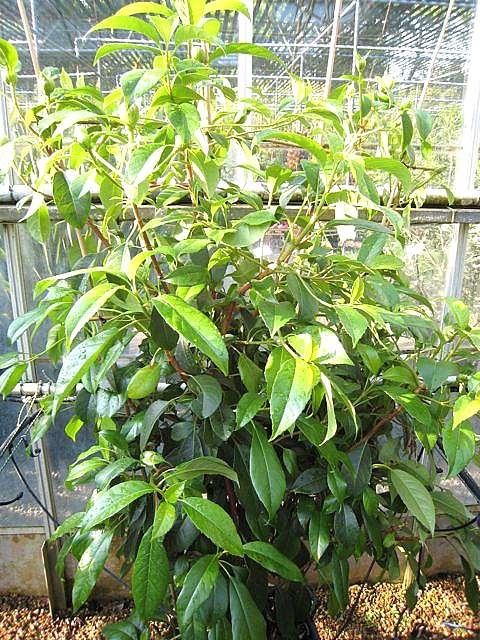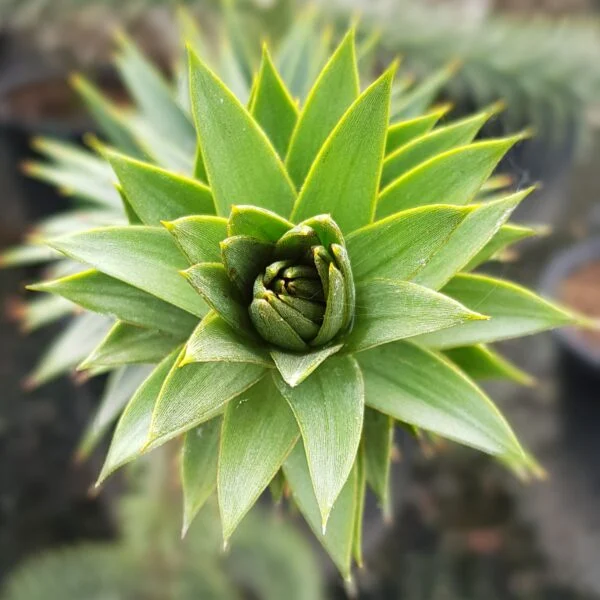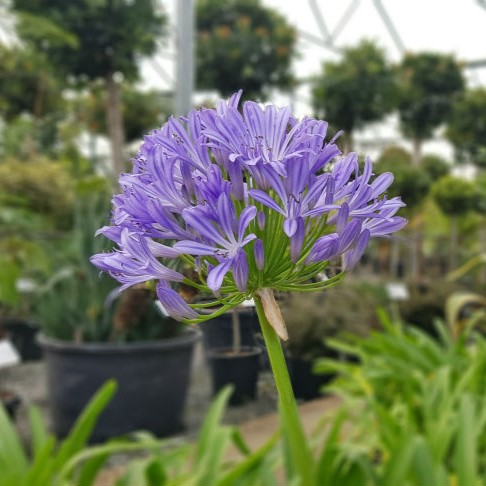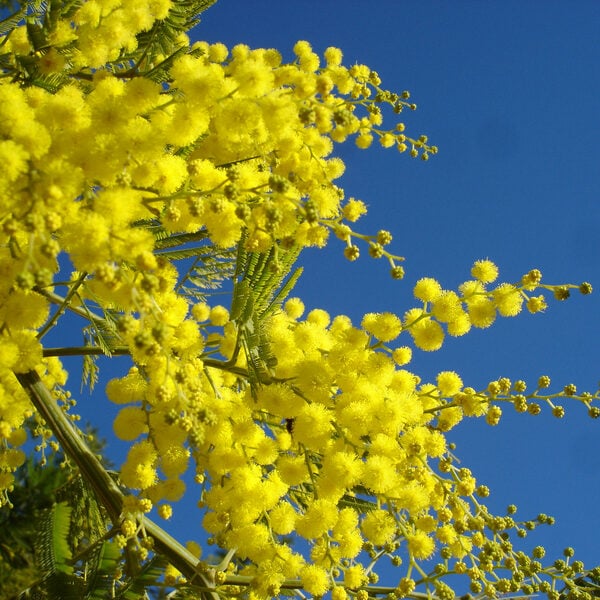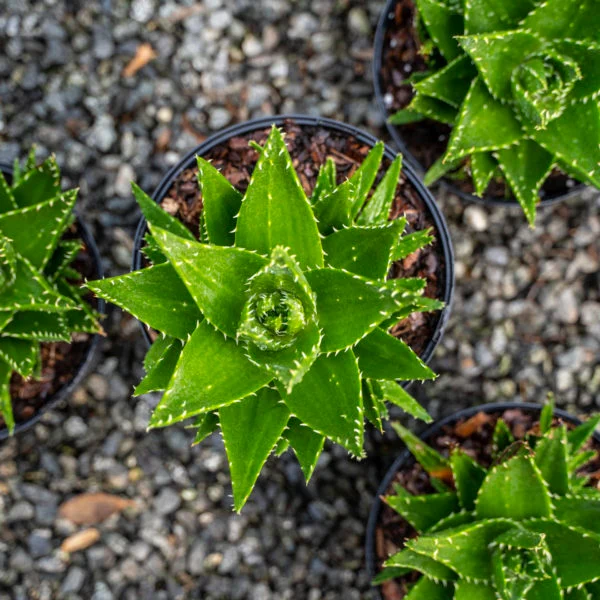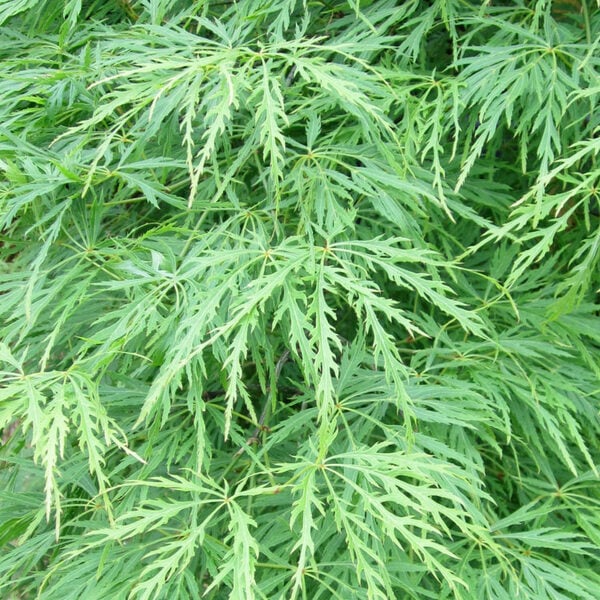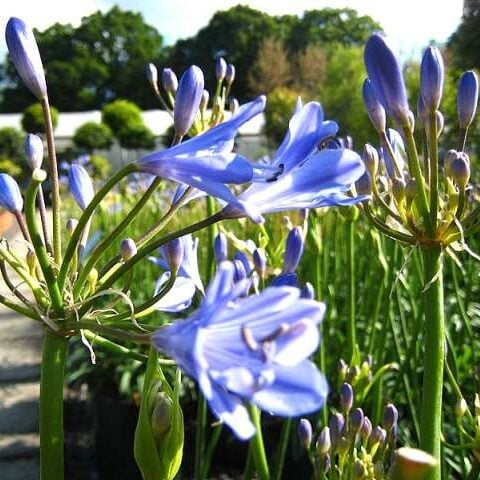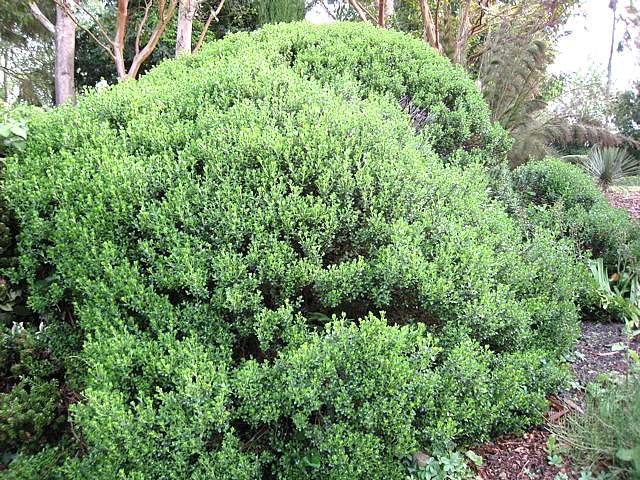Hydrangea seemannii
Little known evergreen, self clinging climber from Mexico. Big leaves, white frothy flowers, slow growing but long lived so will cover a house – eventually. Please contact us for other stock availability and sizes.

Hardiness level Amber
All climbing Hydrangeas and their close relatives (Pileostegia and Decumaria, for example) have one particular thing in common - they're all terribly slow to get established after being planted. Many a person has planted one of these and watched it do absolutely nothing in its first year. Don't forget that the soil at the base of a wall can be quite dry, so keep it moist and stop worrying. Once it starts growing, it keeps going. It never grows particularly fast but it's a long lived plant so can eventually cover a very large area. Masses of typically white frothy flowers in summer. If you want the plant to get a move on, remove the flowers as soon as they appear - it makes an amazing difference to the speed of growth. Obvious, if you think about it. You can cut the flower stalks with secateurs but they're strangely brittle and just breaking them off with your fingers is an enjoyable and worthwhile pastime.
All of these plants will grow on a wall of any aspect and will be self clinging providing they are given some encouragement to start with, but they will look happiest and greenest on a wall that gets no direct sun.
All are happy on any soil, including chalk. Their dislike of root disturbance could (possibly) be counteracted by planting with great care. Speak only in whispers. Pretend it's not happening. If there's a dog barking nearby, wait for it to stop.......
Propagated by us from cuttings. The original material came from Nymans Garden in West Sussex - on the north side of the north wall of the walled garden. This was in the late 1980s when we started the nursery. The Head Gardener at the time was David Masters and we remain eternally gratefully for his help with this and masses of other plants. He always wanted his 'pound of flesh' which was fine; he just meant that he wanted some plants back that we'd propagated from his plants. Quite right too. One of the particular pleasures of working with David was the access he gave us to Harold Comber's original notebooks from his travels in South America in the early 20th century. Mr Comber was one of David's predecessors who was sponsored by the Ross family (owners of Nymans at the time) to go on several intrepid plant hunting trips to Chile and Argentina. Nymans is full of many examples of the Comber introductions.
N.B. When clipping several plants with the same tool, have a bucket containing a 5% bleach solution and swish your blades around for 30 seconds between plants to sterilise them. This will help avoid the chance of cross contamination of disease.
As with all woody plants, plant high, exposing as much of the taper at the base of the trunk as possible. Allowing soil to accumulate round the base of a tree can be fatal. Keep very well watered when first planted.
Additional Information |
|
|---|---|
| Soil Type | |
| Light | |
| Plant Type | Climbers, Evergreen, Flowers, Grown by Us, Screening Plants, Shrubs |
| Continent of Origin | |
| Specialist Plants | Grown by Us, Japanese, Mediterranean, Rare & Unusual (Collectables) |
| Features | |
| Situation | Coastal, Mild City Gardens, Plants for Pots, Sheltered Garden |
| Flower Colour | |
| Hardiness | |




